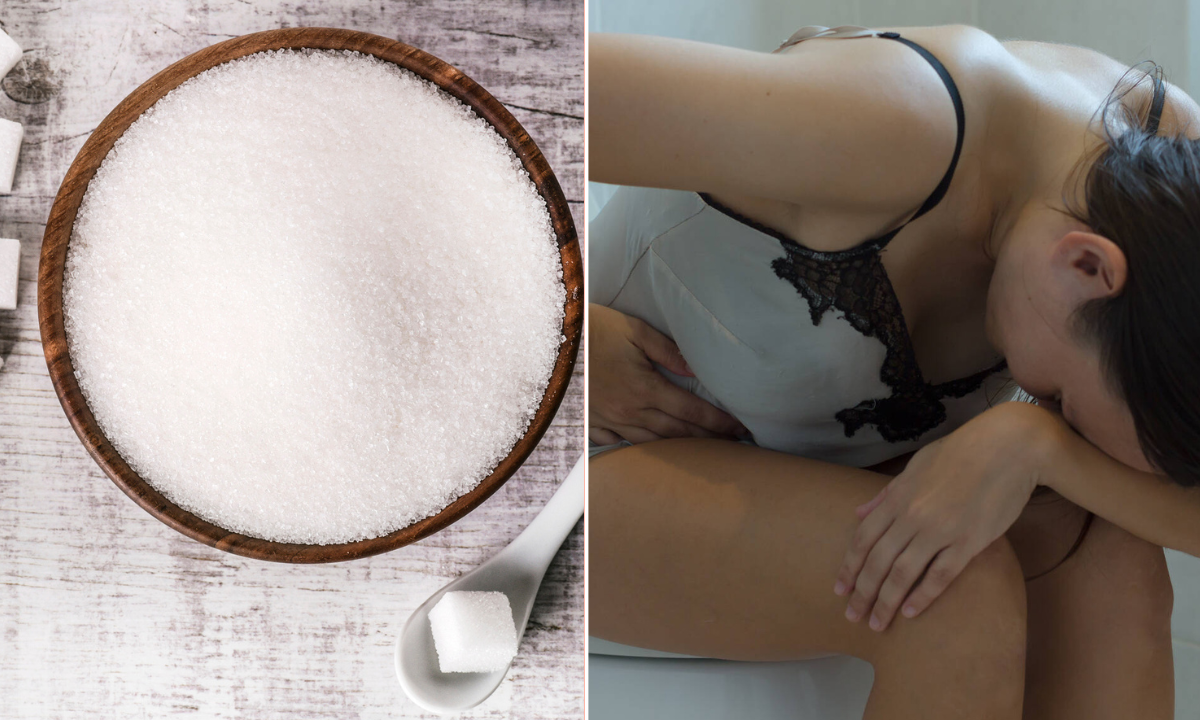Andrián Basilio/Reform Agency
Saturday, January 21, 2023 | 06:33
Mexico City.- Exercise is health… as long as it is done consciously and under a training plan according to the physical capabilities of each individual.
But, if it is done at high intensity and without the correct guidance, it can even be harmful.
One of the consequences of doing excessive physical activity is the so-called oxidative stress, an imbalance between antioxidants and reactive oxygen species, which are intracellular regulators of the organism.
Added to these metabolic processes are factors such as age, suffering from chronic-degenerative diseases and even environmental pollution to which we are permanently exposed so that oxidative stress manifests itself adversely.
“We can reach a condition called oxidative stress preconditioning, which is when a large amount of free radicals are produced. So, you have to be very careful with people who exercise and have chronic-degenerative diseases or the consumption of antioxidants.
“When many oxygen radicals are produced, it can oxidize biomolecules and this damage can be directly to DNA; for example, it conditions aging processes, biomolecules such as lipids and proteins, which cause them to denature,” warns the specialist in Medicine of the Sport, Liliana Gutierrez.
Free radicals are unstable molecules produced during metabolism that can accumulate in cells and damage other molecules such as DNA, lipids, and proteins. Its production is a consequence of increased oxygen consumption during exercise.
THERE ARE DIFFERENCES
When a person is in this condition of oxidative stress, they may experience different symptoms that could be confused with other processes in the body.
“The manifestation of the oxidative process can be general muscle pain, but rather they are systemic manifestations, for example progressive aging, insulin resistance can lead to diabetes. Oxidative stress is the generator and aggravates many pathologies, in the case of physical performance or exercise, the most important symptom is muscle fatigue.
A PARADOX
Paradoxically, exercise is also a great ally to combat this biomolecular condition in the body.
“Exercise produces some counterregulatory or antioxidant enzymes that neutralize free radicals. Exercise itself is a very powerful antioxidant,” says the doctor in High Performance.
“The prescription of adequate exercise allows for a balance. For example, an obese person must be guided through a process of beta-oxidation so that they can use fat as a source of energy and thus be able to activate counterregulatory hormones that lead to a balance, and it is time and frequency that will allow us to reach it”, explains Gutiérrez.
antioxidants
– If we eat well we can obtain the necessary antioxidants for the body.
– The body needs beta-carotene (present in carrots and spinach), selenium, vitamins E and C, which are found, among others, in nuts, seeds, fish, dairy products, eggs and mushrooms.
– Vegetables have selenoproteins that allow the formation of a very powerful antioxidant in our body.
find out
– Vitamin E prevents lipoperoxidation processes (oxidative degradation of lipids). There are antioxidants that the body synthesizes and the others we obtain from food.
– In aging we lose neurons and muscle mass and we must be very attentive to this. People who slow down the loss of muscle mass maintain a homeostasis (self-regulation) where free radicals and antioxidants are balanced.
– Vitamin C can form a free radical and generate more oxidative stress in some special conditions.

